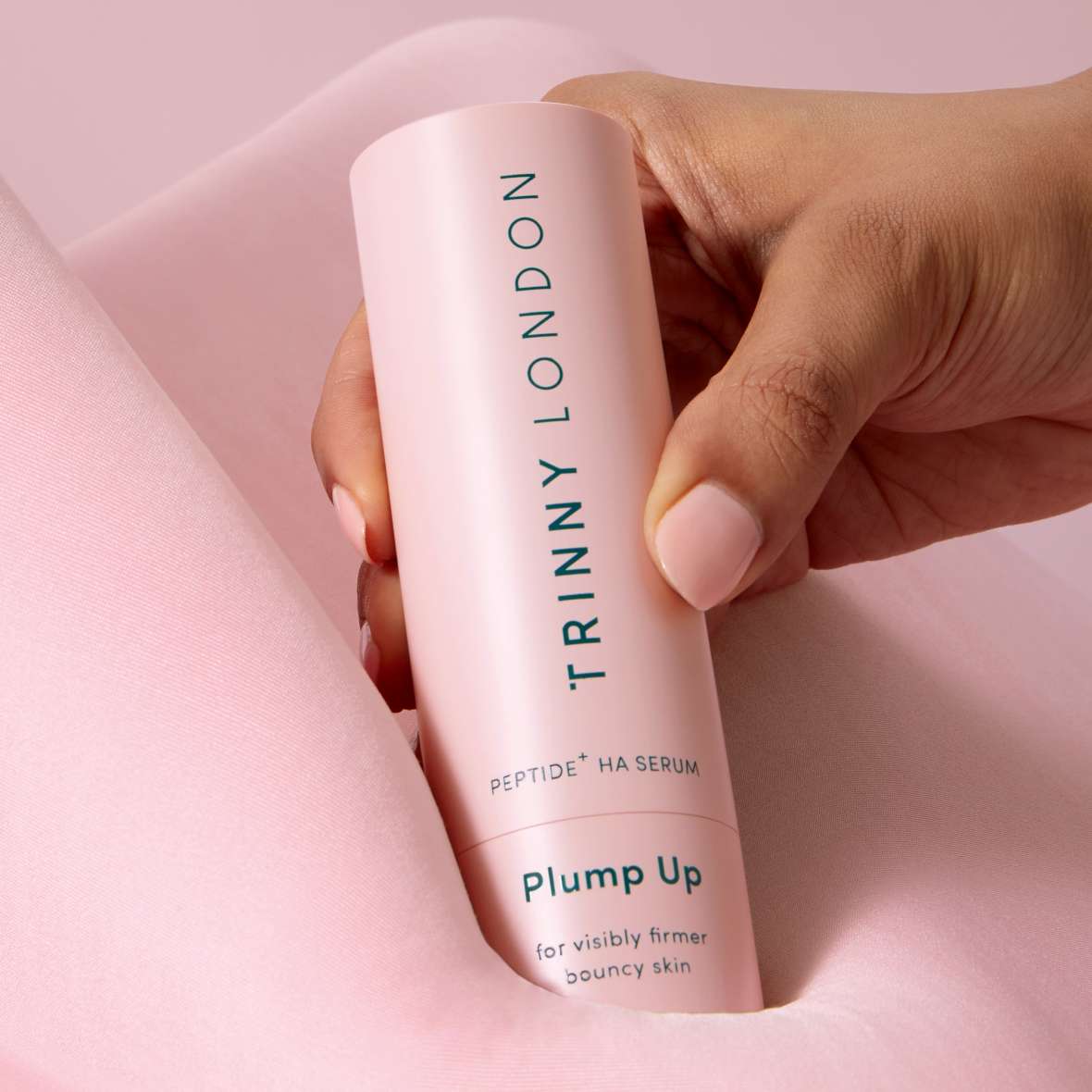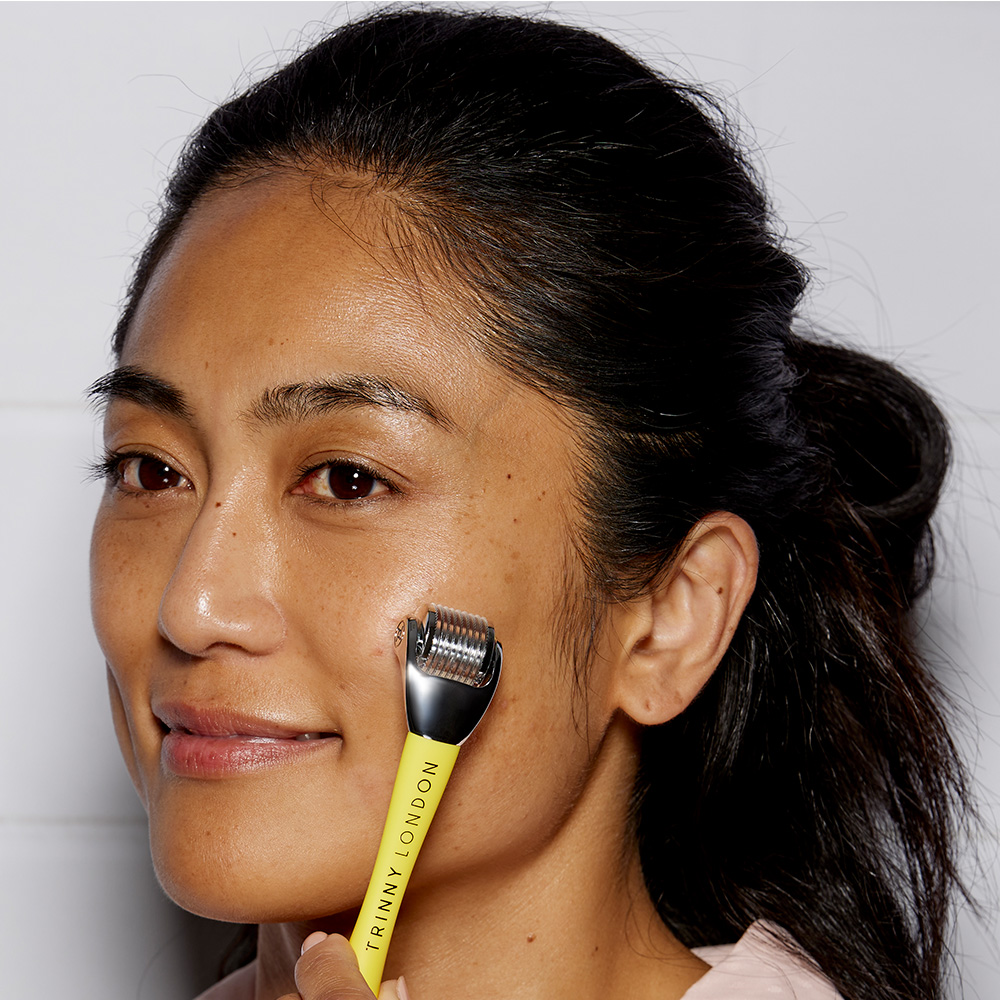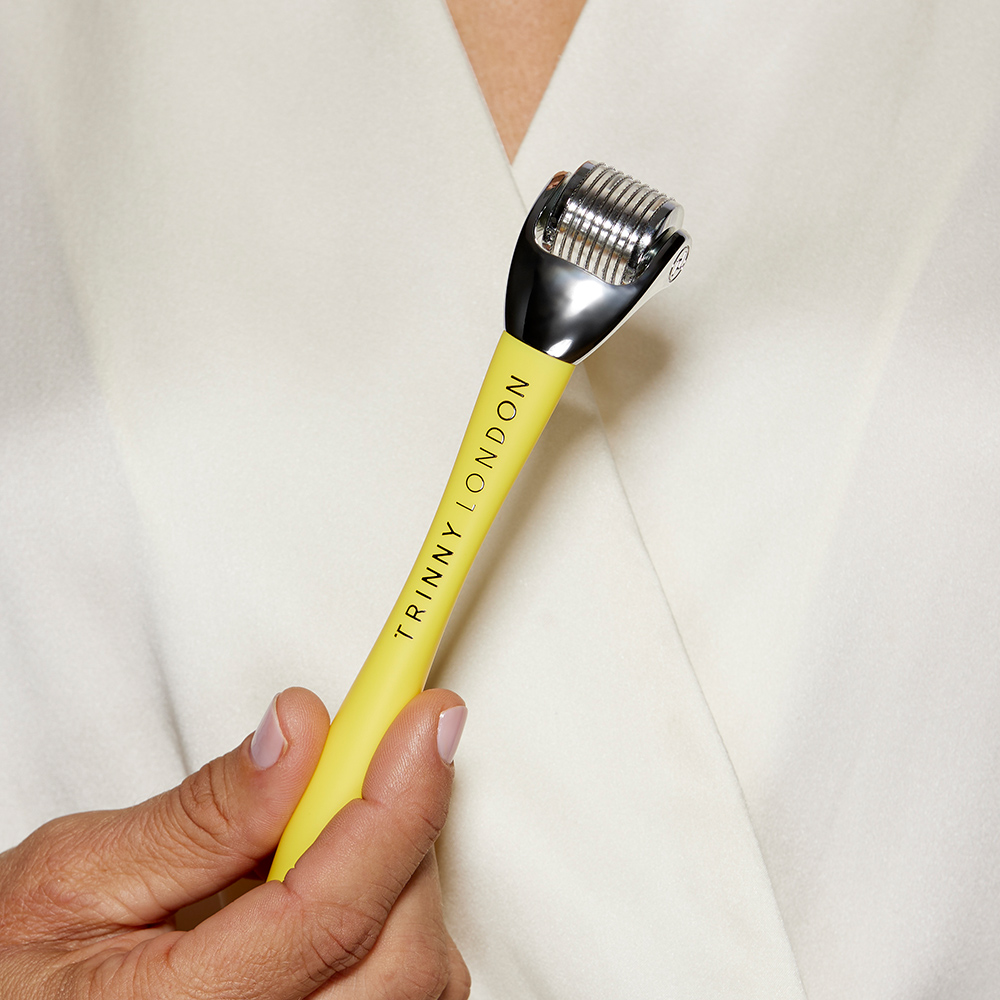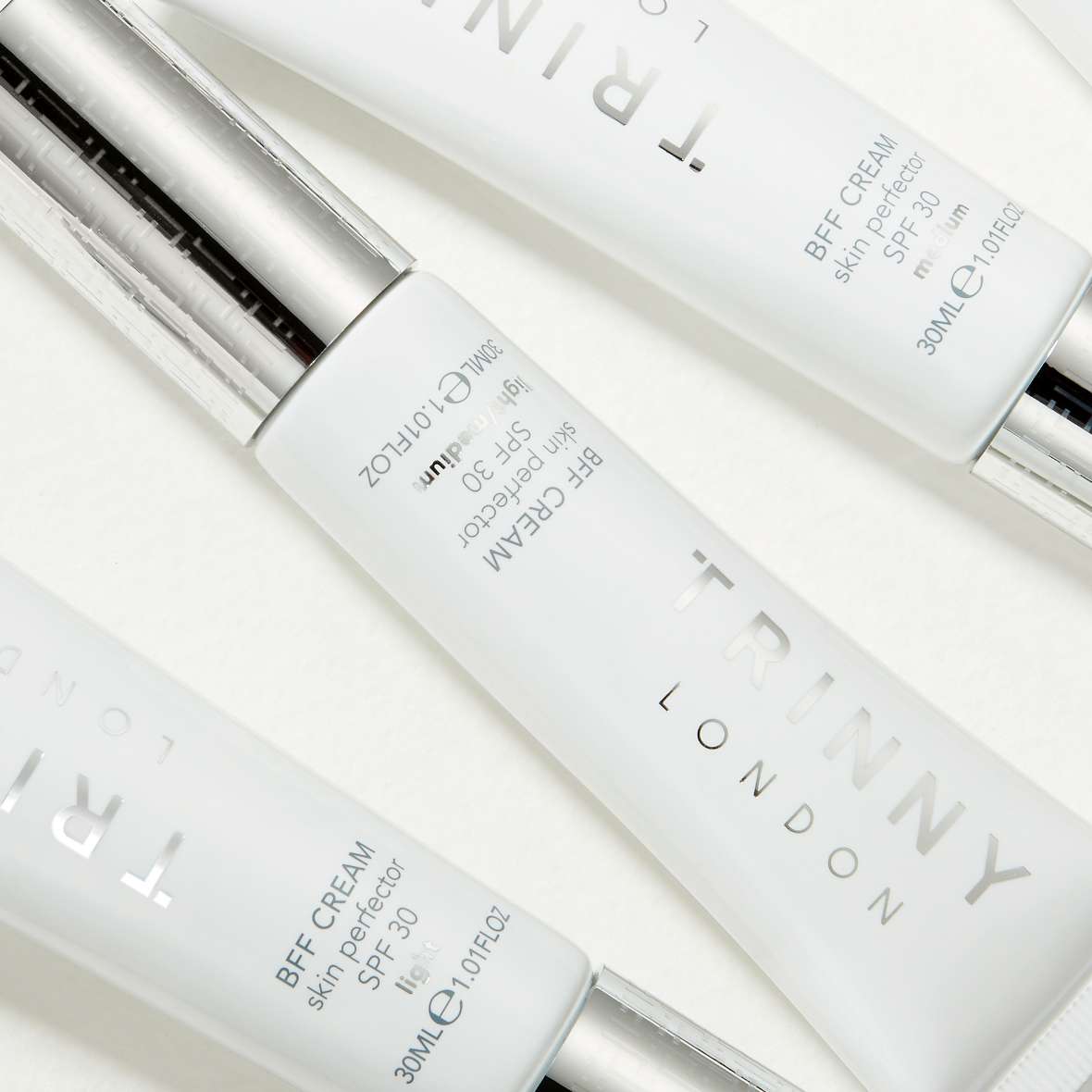

What is collagen?
Collagen is the body’s most abundant protein, making up an impressive 75% of our skin. “Think of it like the scaffolding that holds your skin’s structure together,” says skin expert and pro facialist Fiona Brackenbury. It’s made up of short chains of amino acids, otherwise known as peptides, and our bodies are continuously repairing and reproducing it every day. If your skin were a mattress, collagen would be the springs – it’s responsible for firm, smooth skin that bounces back.
How does it break down?
As we get older, we have the benefit of being so much wiser, but our collagen production does start to naturally decrease in both quality and quantity, leading to a loss of elasticity and firmness as well as a few more fine lines and wrinkles. This is largely due to a decline in digestive enzymes, meaning we’re unable to extract the amino acids from our food as well as we once did, and therefore have fewer building blocks with which to make collagen. “From as early as our mid-twenties, we start to lose up to 1.5% of our collagen per year,” explains Fiona. “But it’s towards our forties and fifties when we really start to notice the loss, losing up to 30% of our collagen during the first five years of menopause.” The result? Skin that looks and feels considerably less plump, particularly around the jawline, cheek and eyebrow areas.
We can’t rewind the clock on our skin, and nor would we want to, as it reflects the life experiences that make us who we are. That said, we do have some control over the other factors at play when it comes to collagen breakdown. It’ll come as no surprise that smoking, sun damage and external aggressors like pollution can accelerate collagen loss, but what about our diet? “Sugar also damages collagen,” says Fiona. “It wraps itself around the protein, making it brittle and more prone to snapping.”
So how can I replenish my collagen?
It’s not all doom and gloom. Luckily, there’s a few tried-and-tested ways to maintain and even increase collagen production in our skin…
Peptides
Collagen production is tiring work, and as we age our skin’s fibroblast cells (the cells responsible for making and repairing collagen) need a boost to work that little bit harder. That’s where peptides come in. When our collagen stocks are low, delivering more peptides into the skin via skincare is a great way to encourage those cells to produce more collagen. “Think of it like going to the gym for a workout – when you’re tired and achy, a little encouragement from a personal trainer can motivate you to go the extra mile”, explains Fiona.
Supplements
Collagen supplements help to replenish the collagen our bodies naturally lose over time, and can contribute to what Fiona describes as a “two-pronged attack” against collagen loss. “The best way to combat loss of collagen is by feeding your body from the inside as well as the outside,” she adds.
Protection
When it comes to maintaining our collagen levels, protection is key – there’s little sense in feeding your collagen with peptides and supplements if there’s nothing to then safeguard all your hard work from external aggressors. According to Fiona, antioxidant-rich skincare is vital if you want to protect your collagen and shield your skin from free radicals – the molecules created by things like UV rays, pollution and even stress. “Vitamin C not only boosts collagen production, but it protects your existing collagen from external damage,” she says. “UV rays, particularly the UVA rays responsible for premature ageing, are also responsible for causing a dramatic loss in collagen, so it’s really important to protect your skin every single day with SPF.”
Microneedling
Micro-what now? Let us explain – while it may not be suitable for everybody, microneedling can be extremely beneficial for those looking to kick their collagen production into a higher gear. By creating imperceptible microchannels on the surface of the skin, microneedling tricks your skin into thinking it needs to repair itself, and therefore increases collagen production – just as it would if you had a real injury that needed healing. It’s also a handy way of allowing your skincare to penetrate deeper get to work more effectively – think of it like a VIP queue-jump for your favourite peptide serums. Microneedling can be performed by a professional in-clinic, or at home with a microneedling tool – just make sure to check if it’s right for your skin before diving in headfirst.
Read, watch and be inspired...



